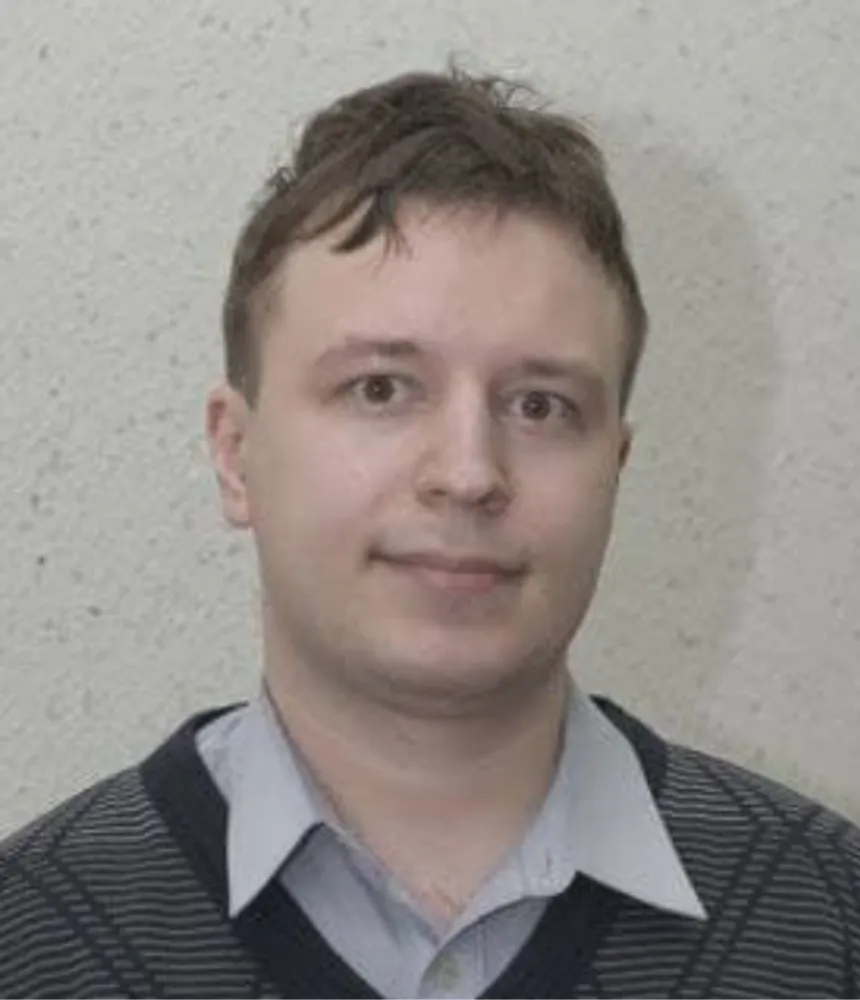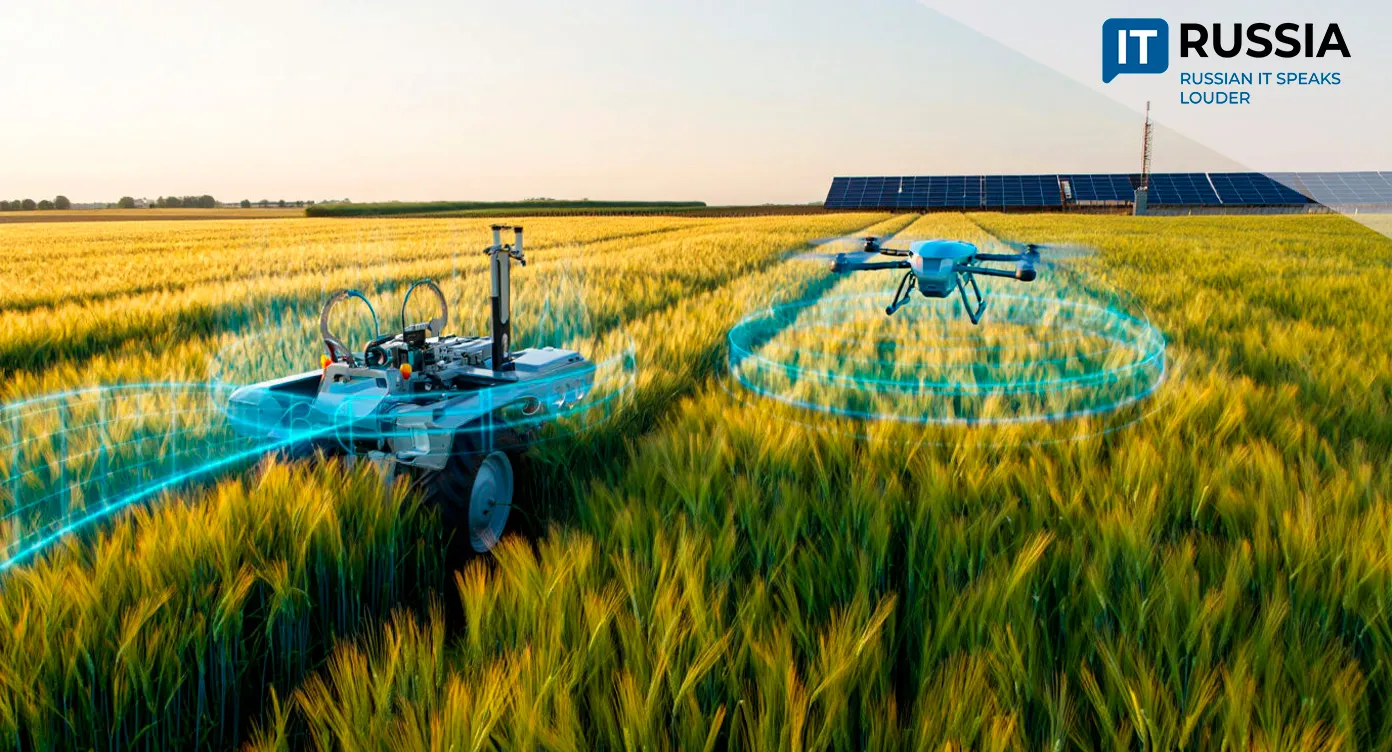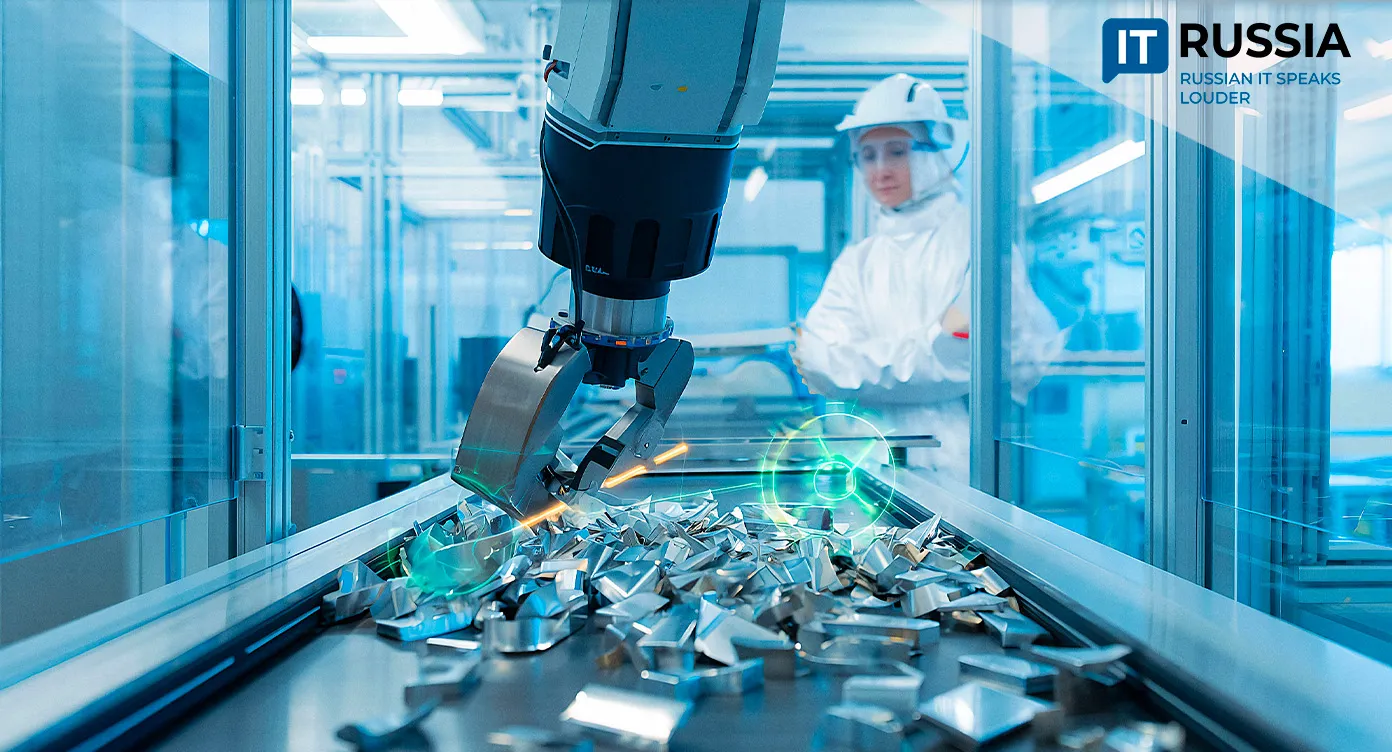Russia Develops an AI System for Designing New Materials
Russian researchers have developed a prototype AI‑powered platform that unifies multiple atomistic modeling methods into a single intelligent environment—aimed at accelerating the discovery of next‑generation materials.

AI as a New Engine for Materials Science
A breakthrough from scientists at the National Technology Initiative (NTI) Competence Center, based at Novosibirsk State University, may significantly reshape Russian materials science and industry. They have introduced a prototype software suite that acts as an integrated “brain” for designing new materials.
The platform brings together a wide range of atomistic modeling techniques—from quantum‑mechanical calculations to molecular dynamics—into a unified intelligent system. Funded by the NTI Foundation, the development has already received official registration, marking the shift from theory to practical deployment.

Until now, materials researchers had to juggle multiple specialized tools, each with its own language, file formats, and steep learning curve. The new platform aims to radically simplify this workflow, reduce errors, and free scientists to focus on deeper analytical and creative tasks.
Its core innovation is an intelligent AI‑driven assistant. Instead of requiring users to choose methods manually, the system analyzes the task—such as predicting strength, thermal conductivity, or corrosion resistance—and suggests the optimal modeling path. It determines whether a classical model is sufficient or whether more advanced techniques, including machine‑learning‑driven potentials, are needed. The result is a dramatically simplified research experience.
From Lab Simulations to Industrial Impact
The potential applications of the new software span nearly every technology‑critical sector: energy, microelectronics, medicine, aerospace, and space exploration. The prototype has already modeled interactions of gases and liquids with surfaces, carbon nanotubes, and high‑entropy alloys—materials known for their exceptional performance.
For Russia, this is a strategic milestone. The platform reduces dependence on foreign software and accelerates the translation of scientific results into manufacturing. By predicting material properties before synthesis, companies can shorten development cycles, cut costs by millions of dollars, and avoid high‑risk failed experiments. This is especially important for defense‑related industries, where every delay carries enormous consequences.

Toward 2026 and the Era of Digital Materials
The research team plans to complete a full industrial version of the platform within the next two years. By 2026, engineers, chemists, and researchers across the country are expected to use it in real‑world applications. The team is currently expanding functionality and refining technical specifications based on feedback from practitioners.
In the long term, the platform may enter the global market. An intelligent, competitive materials‑science tool could be in demand internationally, particularly in large‑scale, high‑tech collaborations. The system could also become the core of a broader digital ecosystem—linking with digital‑twin platforms, industrial IoT, and automated design tools to create a continuous pipeline from concept to product.

For Russia, the NSU development represents more than new software. It signals a revival of the national scientific school and a bid for leadership in one of the most strategically important scientific domains. Once operational at full scale in 2026, the platform could become a catalyst for significant technological advancement.










































